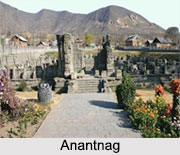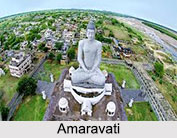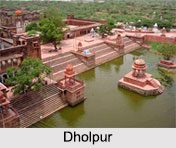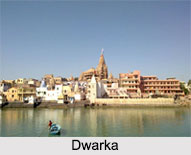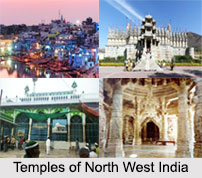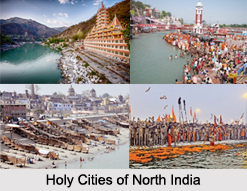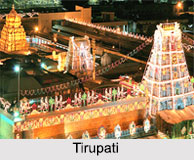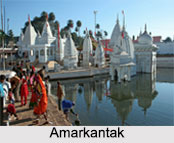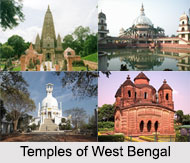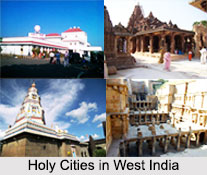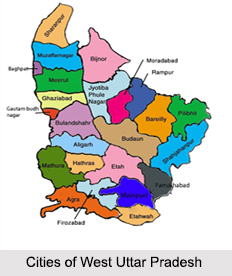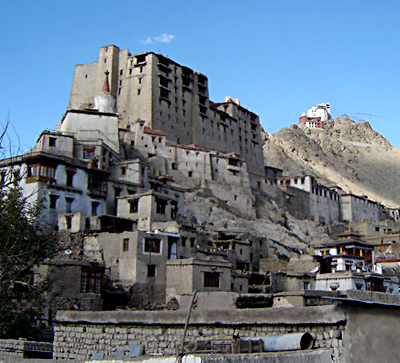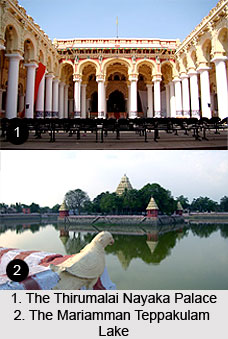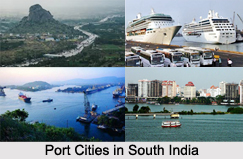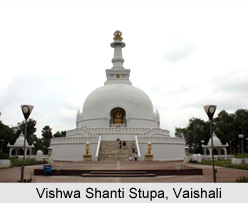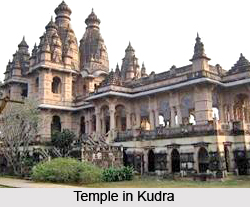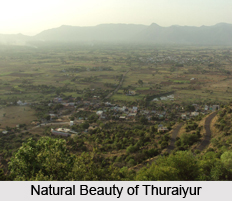Following the tradition of India quite a number of towns and cities have flourished in the heartland of Madhya Pradesh. Amongst these towns one can easily distinguish Kolaras as a significant place. In fact Kolaras is an example of a nagar panchayat town, which is located in the district of Shivpuri of the same state of Indian subcontinent.
Geographical location of this Kolaras town also is significant and helps one to identify this town in a better way. It lies approximately at 25.23° N 77.6° E. It also rises to 460 meters or 1509 feet above the mean sea level. .
No discussion on any town takes a concrete shape unless and until one gets to know about its demographical scenario fully. To achieve that goal, a handful of demographers also have been employed so that they can carry on surveys in Kolaras. As a result these demographers have prepared reports on the basis of facts that they have collected after surveying. The most prominent is the Census report that has been issued forth in the year 2001. According to this report, the total population of Kolaras has been enumerated to be 15,674. Just like any Indian places, in Kolaras, the number of males is more than that of females. In other words, male populace constitutes 53 %, while the population of females is 47 % only. In Kolaras, children who are below six years of age constitute 17 % of the total population.
Information about literacy rate of Kolaras too can be inferred from this Census report. It is to be noted that the average literacy rate of Kolaras constitutes 58 %, which is even lower than that of India, which constitutes 59.5 %. Specifications about male and female literacy rates have been mentioned. Thus male literacy constitutes 67 %, which proves that males are oriented to education and learning. However rate of female literacy is 47 % only .
Few tourist locales are built which attract tourists from different places of India.
Madhav National Park, Madhav Vilas Palace and George Castle deserve to be mentioning.
Access points of Kolaras are quite developed. In the close proximity of Kolaars Gwalior Airport and Shivpuri Railway Station are situated . NH 3 traverses through it.
From the perspective of the whole district few facts also have deciphered. Just like many other Indian districts, in Shivpuri district also agriculture has become the main source of income for majority of the people. Main crops of this district include Rice, Jowar, Bajra, Maize, Wheat and Barley and also pulses like gram and tur (Arhar). Not only that crops like condiments and spices, sugarcane, sesamum (til) , linseed also are produced. Since this Kolaras is a part of this district it is only natural that people here also follow the tradition of the district as well.
